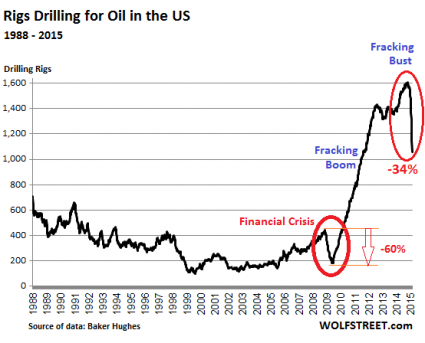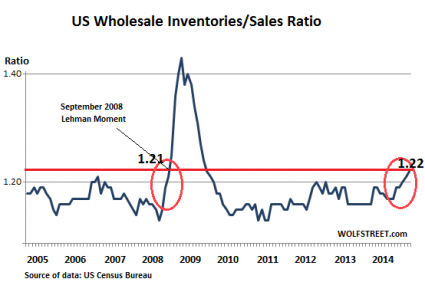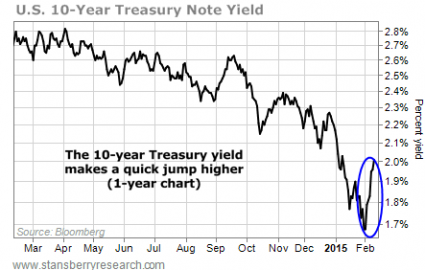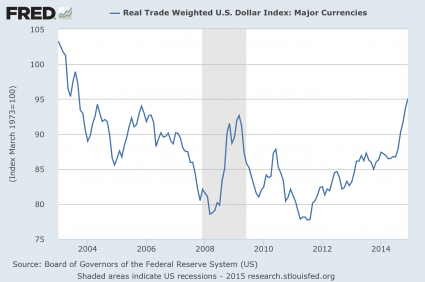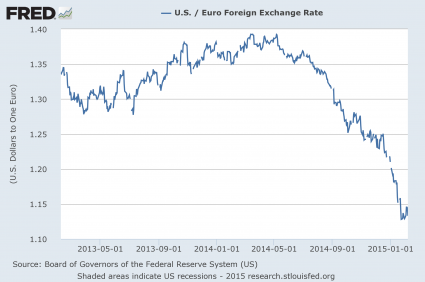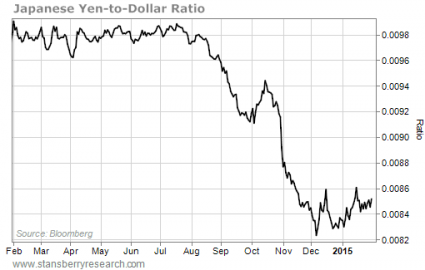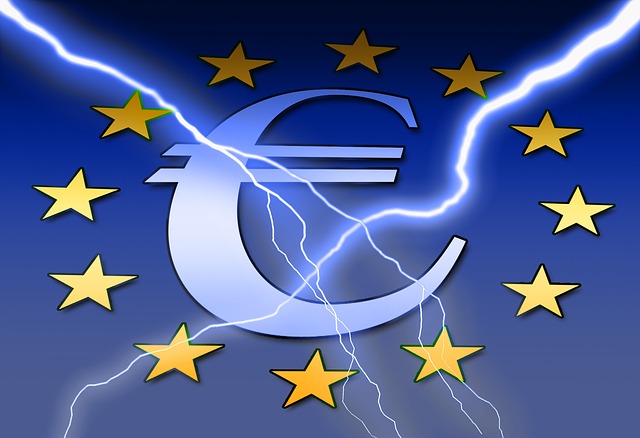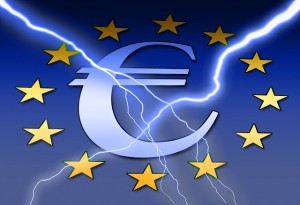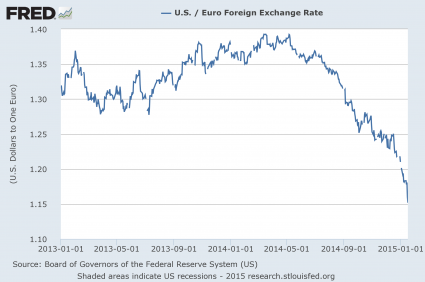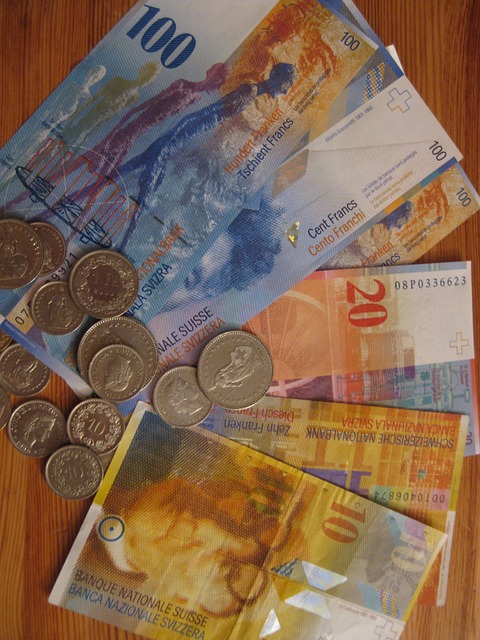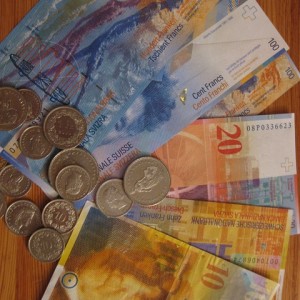 Europe is on the verge of a horrifying financial meltdown, and there are only a few short weeks left to avert total disaster. On Monday, talks that were supposed to bring about yet another temporary “resolution” to the Greek debt crisis completely fell apart. The new Greek government has entirely rejected the idea of a six month extension of the current bailout. The Greeks want a new deal which would enable them to implement the promises that have been made to the voters. But that is not going to fly with the Germans, among others. They expect the Greeks to fulfill the obligations that were agreed to previously. The two sides are not even in the same ballpark at this point, and things are starting to get very personal. It is no secret that the new Greek government does not like the Germans, and the Germans are not particularly fond of the Greeks at this point. But unless they can find a way to work out a deal, things could get quite messy very rapidly. The Greek government has about three weeks of cash left, and any changes to the current bailout arrangement would have to be approved by parliaments all over Europe by March 1st. And the stakes are incredibly high. If there is no deal, we could see a Greek debt default, Greece could be forced to leave the eurozone and go back to the drachma, the euro could collapse to all time lows, all the banks all over Europe that are exposed to Greek government debt could be faced with absolutely massive losses, and the 26 trillion dollars in derivatives that are directly tied to the value of the euro could start to unravel. In essence, if things go badly this could be enough to push us into a global financial crisis.
Europe is on the verge of a horrifying financial meltdown, and there are only a few short weeks left to avert total disaster. On Monday, talks that were supposed to bring about yet another temporary “resolution” to the Greek debt crisis completely fell apart. The new Greek government has entirely rejected the idea of a six month extension of the current bailout. The Greeks want a new deal which would enable them to implement the promises that have been made to the voters. But that is not going to fly with the Germans, among others. They expect the Greeks to fulfill the obligations that were agreed to previously. The two sides are not even in the same ballpark at this point, and things are starting to get very personal. It is no secret that the new Greek government does not like the Germans, and the Germans are not particularly fond of the Greeks at this point. But unless they can find a way to work out a deal, things could get quite messy very rapidly. The Greek government has about three weeks of cash left, and any changes to the current bailout arrangement would have to be approved by parliaments all over Europe by March 1st. And the stakes are incredibly high. If there is no deal, we could see a Greek debt default, Greece could be forced to leave the eurozone and go back to the drachma, the euro could collapse to all time lows, all the banks all over Europe that are exposed to Greek government debt could be faced with absolutely massive losses, and the 26 trillion dollars in derivatives that are directly tied to the value of the euro could start to unravel. In essence, if things go badly this could be enough to push us into a global financial crisis.
On Monday, eurozone officials tried to get the Greeks to extend the current bailout package for six months with the current austerity provisions in place. Greek government officials responded by saying that “those who bring this back are wasting their time” and that those negotiating on behalf of the eurozone are being “unreasonable”…
A Greek government official said that a draft text presented to eurozone finance ministers meeting in Brussels on Monday spoke of Greece extending its current bailout package and as such was “unreasonable” and would not be accepted.
Without specifying who put forward the text to the meeting chaired by Dutch Finance Minister Jeroen Dijsselbloem, the official said: “Some people’s insistence on the Greek government implementing the bailout is unreasonable and cannot be accepted.”
Most observers have speculated that the new Greek government would give in to the demands of the rest of the eurozone when push came to shove.
But these new Greek politicians are a different breed. They are not establishment lackeys. Rather, they are very principled radicals, and they are not about to be pushed around. I certainly do not agree with their politics, but I admire the fact that they are willing to stand up for what they believe. That is a very rare thing these days.
On Monday, Greek finance minister Yanis Varoufakis shared the following in the New York Times…
I am often asked: What if the only way you can secure funding is to cross your red lines and accept measures that you consider to be part of the problem, rather than of its solution? Faithful to the principle that I have no right to bluff, my answer is: The lines that we have presented as red will not be crossed.
Does that sound like a man that is going to back down to you?
Meanwhile, the other side continues to dig in as well.
Just consider the words of the German finance minister…
Wolfgang Schaeuble, the German finance minister, accused the Greek government of “behaving irresponsibly” by threatening to tear up agreements made with the eurozone in return for access to the loans which are all that stand between Greece and financial collapse.
“It seems like we have no results so far. I’m quite skeptical. The Greek government has not moved, apparently,” he said.
“As long as the Greek government doesn’t want a program, I don’t have to think about options.”
Global financial markets are still acting as if they fully expect a deal to get done eventually.
I am not so sure.
And without a doubt, time is running short. As I mentioned above, something has got to be finalized by March 1st. The following comes from the Wall Street Journal…
Any changes to the content or expiration date of Greece’s existing €240 billion ($273 billion) bailout have to be decided by Friday, to give national parliaments in Germany, Finland and the Netherlands enough time to approve them before the end of the month. Without such a deal, Greece will be on its own on March 1, cut loose from the rescue loans from the eurozone and the International Monetary Fund that have sustained it for almost five years.
So what happens if there is no deal and Greece is forced to leave the eurozone?
Below, I have shared an excerpt from an article that details what Capital Economics believes would happen in the event of a “Grexit”…
- The drachma would be back. The euro would be effectively abandoned, and Greece would return to the drachma, its previous currency (it might take a new name). The drachma would likely tumble in value against the euro as soon as it was issued, and how much the government could print quickly would be a big issue.
- It would have to be fast, with capital controls. There would be people trying to pull their money out of Greece’s banks en masse. The Greek government would have to make that illegal pretty quickly. The European Central Bank drew up Grexit plans in 2012, and might be dusting them off now.
- European life support for Greek banks would be withdrawn. Greek banks can currently access emergency liquidity assistance from the ECB, which would be removed if Greece left the euro.
- Likely unrest and disorder. Barclays expects that this sudden economic collapse would “aggravate social unrest”, and notes that historically similar moves have caused a 45-85% devaluation of the currency. Capital Economics suggests that the drop could be more mild, closer to 20%, and Oxford Economics says 30%.
- Greece would resume economic policymaking. Greece’s central bank would probably start doing its own QE programme, and the government would likely return to running deficits, no longer restrained by bailout rules (though investors would probably want large returns, given the risk of another default).
- Inflation would spike immediately, but both Capital Economics and Oxford Economics say that should be temporary. It might look a bit like Russia this year — with the new currency in freefall until it finds its level against the euro, prices inside Greece would rise at dramatic speed. The inflation might be temporary, however, because with unemployment above 20%, Greece has plenty of spare labour slack to produce more.
That certainly does not sound good.
And once Greece leaves, everyone would be wondering who is next, because there are quite a few other deeply financially troubled nations in the eurozone.
David Stockman believes that Spain is a prime candidate…
In spite of the “recovery” in Spain, close to 24% are still unemployed. That statistic explains Pessimism in the Streets.
The crisis is here to stay according to significant majority of Spaniards. The general perception is that the current situation in which the country is negative and far from getting better, can only stay stagnant or even worse.
A Metroscopia poll published in El País makes it clear that the Spanish are unhappy with the current state of the country. Five out of six (83%) see the economic situation as “bad”, while more than half of the remaining perceive “regular”.
Right now, Europe is already teetering on the brink of an economic depression.
If this Greek debt crisis is not resolved, it could set in motion a chain of events which could start collapsing financial institutions all over Europe.
Yes, we have been here before and a deal has always emerged in the end.
But this time is different. This time very idealistic radicals are running things in Greece, and the “old guard” in Europe has no intention of giving in to them.
So let’s watch and see how this game of “chicken” plays out.
I have a feeling that it is not going to end well.



